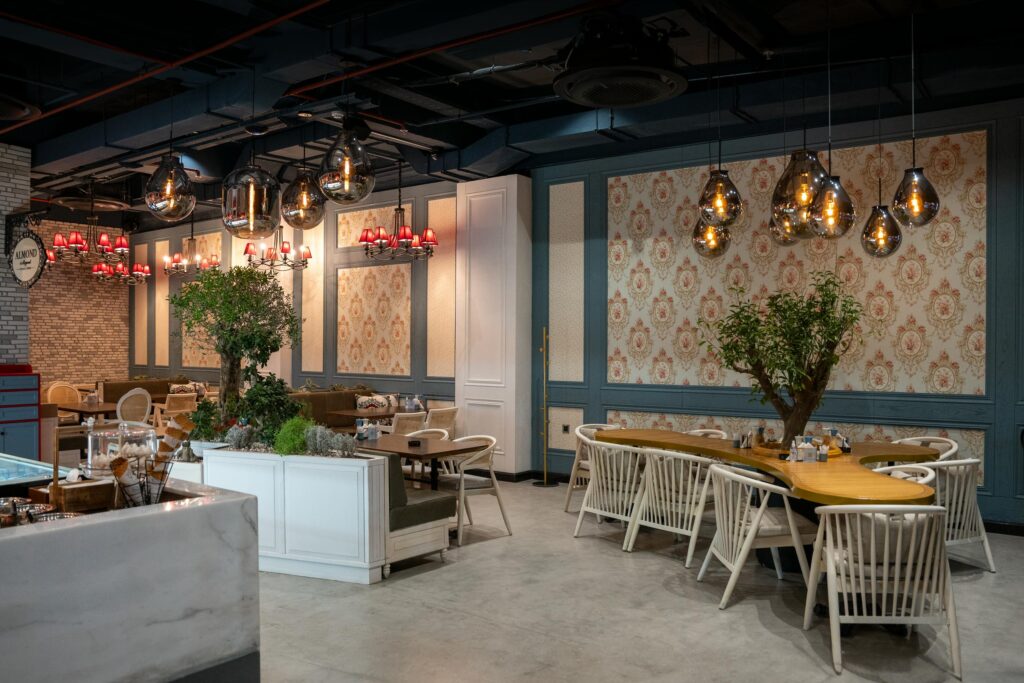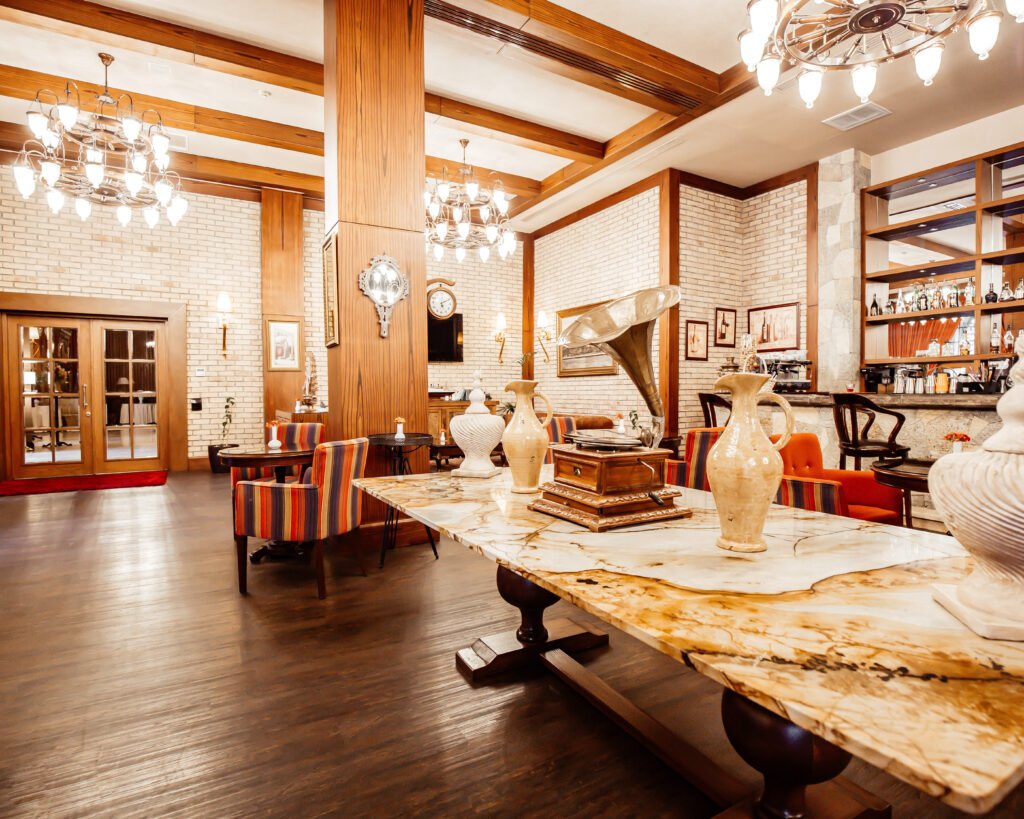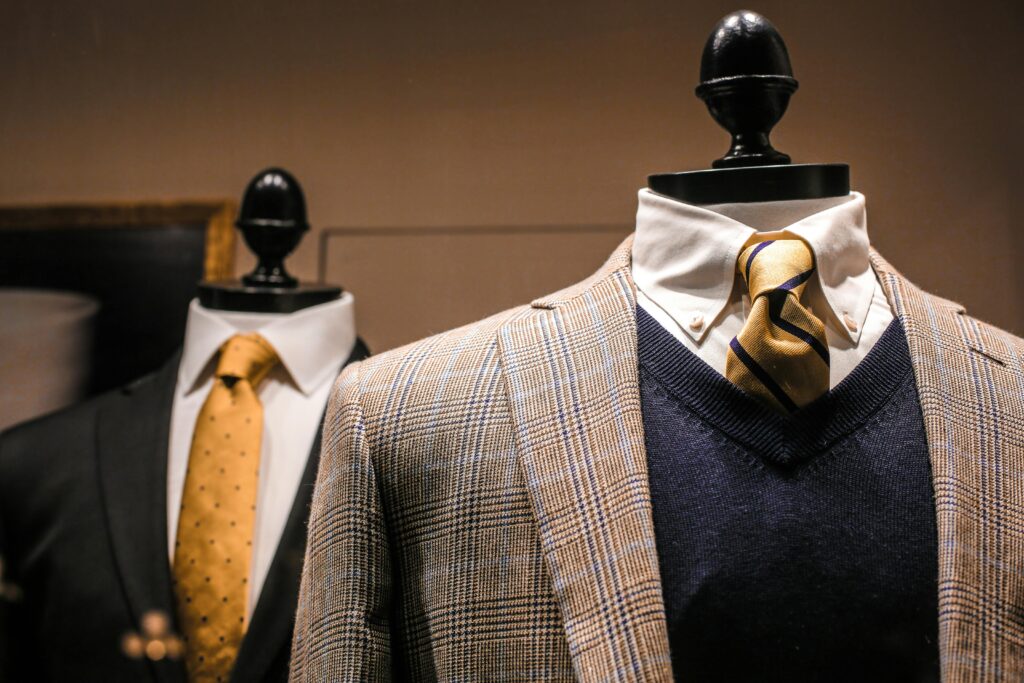Edit Content
Edit Content
Edit Content
Edit Content
Edit Content
Edit Content

In an age of constant change and innovation, the global luxury and fashion sector stands as a dynamic and ever-evolving industry. From its historical roots in opulent craftsmanship to its contemporary fusion of creativity and technology, the sector continues to captivate audiences worldwide.
The roots of the luxury and fashion sector can be traced back to ancient civilizations, where adornment and clothing were used not only for practical purposes but also as symbols of status and prestige. From the intricate gold jewelry of the Egyptians to the sumptuous silk garments of the Chinese dynasties, luxury has been intertwined with human history. However, it was during the Renaissance and the emergence of European courts that the concept of luxury truly began to flourish. Exquisite textiles, fine tailoring, and elaborate accessories marked the emergence of a distinct luxury fashion culture.

Throughout the ages, craftsmanship has been the cornerstone of the luxury and fashion sector. Artisans and craftsmen have devoted their skills to creating pieces that transcend time, often passed down through generations as prized heirlooms. The meticulous attention to detail and the pursuit of perfection have become synonymous with luxury brands. From hand-stitched leather bags to intricately beaded gowns, the commitment to preserving traditional techniques remains a hallmark of the industry.
As the world became more interconnected, the luxury and fashion sectors began to diversify in response to evolving consumer preferences. Today, it is not uncommon to see Parisian haute couture merging seamlessly with Japanese streetwear influences. Globalization has paved the way for cross-cultural collaborations and the celebration of diverse aesthetics. Luxury brands are now embracing inclusivity and are striving to cater to a broader audience, moving away from exclusivity for the elite few.

In recent years, the luxury and fashion sector has experienced a paradigm shift towards sustainability and ethical practices. With increasing awareness of environmental and social concerns, consumers are demanding transparency in supply chains and responsible sourcing of materials. Luxury brands are reevaluating their production processes, exploring innovative materials, and adopting circular economy models. This movement towards conscious consumption reflects a changing consumer mindset that values quality, longevity, and the planet.
The digital age has ushered in a new era for the luxury and fashion sector. With the rise of e-commerce, brands have been compelled to establish a strong online presence. Social media platforms have become virtual runways, allowing designers to showcase their creations to a global audience instantaneously. Virtual reality and augmented reality are redefining the shopping experience, enabling customers to virtually try on garments or visualize luxury items in their own spaces. However, the digital realm has also posed challenges, such as combating counterfeit products and maintaining the aura of exclusivity in a democratized online area.

The luxury and fashion sector has played a pivotal role in challenging conventional notions of gender. Designers are increasingly blurring the lines between traditional menswear and womenswear, embracing fluidity and diversity. Gender-neutral collections are gaining traction, reflecting a society that is becoming more inclusive and open-minded. This trend not only promotes self-expression but also aligns with the changing attitudes of consumers who reject rigid categorizations.
The global luxury and fashion sector, like many other industries, faced unprecedented challenges during the COVID-19 pandemic. Lockdowns, supply chain disruptions, and economic uncertainties forced brands to adapt rapidly. Virtual fashion shows, digital showrooms, and direct-to-consumer strategies emerged as alternatives. As the world begins to recover, the sector is presented with an opportunity to redefine itself once again. Brands that emphasize resilience, empathy, and relevance in a changed world are likely to resonate strongly with consumers.

Looking ahead, the global luxury and fashion sector is poised for continued transformation. Technology will undoubtedly play a pivotal role, from innovations in sustainable materials to advancements in personalized shopping experiences. The industry’s commitment to sustainability is expected to deepen, with brands exploring biotechnology, upcycling, and carbon-neutral practices. Moreover, the sector’s influence on culture and society is likely to persist, as it reflects and shapes the ever-evolving values of the global community.
Sectors
Luxury and Fashion
In an age of constant change and innovation, the global luxury and fashion sector stands as a dynamic and ever-evolving industry. From its historical roots in opulent craftsmanship to its contemporary fusion of creativity and technology, the sector continues to captivate audiences worldwide.
The roots of the luxury and fashion sector can be traced back to ancient civilizations, where adornment and clothing were used not only for practical purposes but also as symbols of status and prestige. From the intricate gold jewelry of the Egyptians to the sumptuous silk garments of the Chinese dynasties, luxury has been intertwined with human history. However, it was during the Renaissance and the emergence of European courts that the concept of luxury truly began to flourish. Exquisite textiles, fine tailoring, and elaborate accessories marked the emergence of a distinct luxury fashion culture.
Throughout the ages, craftsmanship has been the cornerstone of the luxury and fashion sector. Artisans and craftsmen have devoted their skills to creating pieces that transcend time, often passed down through generations as prized heirlooms. The meticulous attention to detail and the pursuit of perfection have become synonymous with luxury brands. From hand-stitched leather bags to intricately beaded gowns, the commitment to preserving traditional techniques remains a hallmark of the industry.
As the world became more interconnected, the luxury and fashion sectors began to diversify in response to evolving consumer preferences. Today, it is not uncommon to see Parisian haute couture merging seamlessly with Japanese streetwear influences. Globalization has paved the way for cross-cultural collaborations and the celebration of diverse aesthetics. Luxury brands are now embracing inclusivity and are striving to cater to a broader audience, moving away from exclusivity for the elite few.
In recent years, the luxury and fashion sector has experienced a paradigm shift towards sustainability and ethical practices. With increasing awareness of environmental and social concerns, consumers are demanding transparency in supply chains and responsible sourcing of materials. Luxury brands are reevaluating their production processes, exploring innovative materials, and adopting circular economy models. This movement towards conscious consumption reflects a changing consumer mindset that values quality, longevity, and the planet.
The digital age has ushered in a new era for the luxury and fashion sector. With the rise of e-commerce, brands have been compelled to establish a strong online presence. Social media platforms have become virtual runways, allowing designers to showcase their creations to a global audience instantaneously. Virtual reality and augmented reality are redefining the shopping experience, enabling customers to virtually try on garments or visualize luxury items in their own spaces. However, the digital realm has also posed challenges, such as combating counterfeit products and maintaining the aura of exclusivity in a democratized online area.
The luxury and fashion sector has played a pivotal role in challenging conventional notions of gender. Designers are increasingly blurring the lines between traditional menswear and womenswear, embracing fluidity and diversity. Gender-neutral collections are gaining traction, reflecting a society that is becoming more inclusive and open-minded. This trend not only promotes self-expression but also aligns with the changing attitudes of consumers who reject rigid categorizations.
The global luxury and fashion sector, like many other industries, faced unprecedented challenges during the COVID-19 pandemic. Lockdowns, supply chain disruptions, and economic uncertainties forced brands to adapt rapidly. Virtual fashion shows, digital showrooms, and direct-to-consumer strategies emerged as alternatives. As the world begins to recover, the sector is presented with an opportunity to redefine itself once again. Brands that emphasize resilience, empathy, and relevance in a changed world are likely to resonate strongly with consumers.
Looking ahead, the global luxury and fashion sector is poised for continued transformation. Technology will undoubtedly play a pivotal role, from innovations in sustainable materials to advancements in personalized shopping experiences. The industry’s commitment to sustainability is expected to deepen, with brands exploring biotechnology, upcycling, and carbon-neutral practices. Moreover, the sector’s influence on culture and society is likely to persist, as it reflects and shapes the ever-evolving values of the global community.
All your feedbacks and suggestions are welcome at [email protected], and we will be happy to assist you with any question!
Chandrawat & Partners is a prominent full-service firm dedicated to delivering top-tier professional services to clients both within the domestic and international spheres.
Copyright © Chandrawat & Partners. All Rights Reserved.
Copyright © Chandrawat & Partners. All Rights Reserved.
Chandrawat & Partners stands as a dynamic and rapidly expanding full-service firm, specializing in the delivery of exceptional professional and corporate services to a diverse clientele, both foreign and local. We proudly represent companies and individuals across a wide spectrum of sectors through distinct entities established in various countries worldwide.
Chandrawat & Partners stands as a dynamic and rapidly expanding full-service firm, specializing in the delivery of exceptional professional and corporate services to a diverse clientele, both foreign and local. We proudly represent companies and individuals across a wide spectrum of sectors through distinct entities established in various countries worldwide.
ASIA
AFRICA
EUROPE
NORTH AMERICA
SOUTH AMERICA
OCEANIA